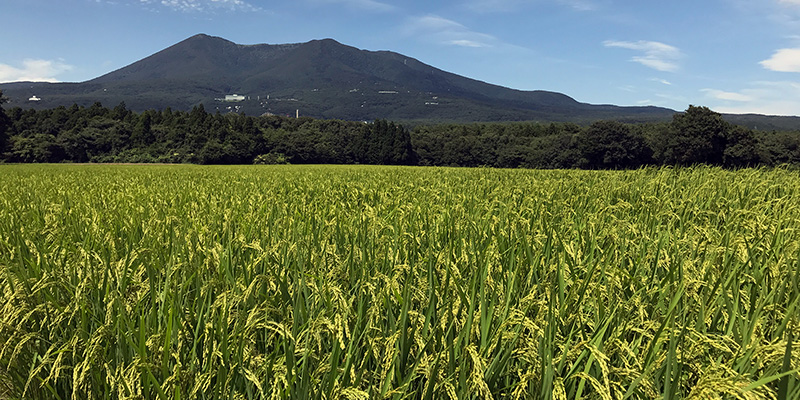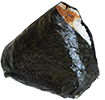Japan's Rice Secrets:
Rice isn't just a staple food in Japan; it's a cultural cornerstone, woven into the very fabric of the nation's identity. Its cultivation stretches back centuries, shaping landscapes, traditions, and even the language itself. The word "gohan," used for both "cooked rice" and "meal," speaks volumes about its centrality to the Japanese diet.

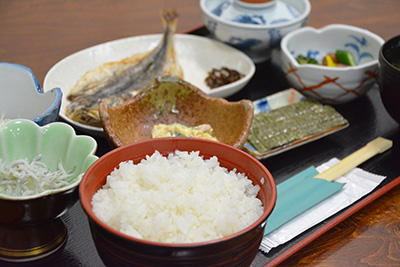
Production:
Category |
Information |
|---|---|
| Total rice production | 7.7 million tons (2022) |
| Rank among rice-producing countries | 4th (2022) |
| Area harvested (4% of the land) | 1.5 million hectares (2022) |
| Average yield per hectare | 5.1 tons/hectare (2022) |
| Main rice-producing regions | Tohoku, Hokuriku, and Kyushu |
Source: Ministry of Agriculture, Forestry and Fisheries (MAFF) Japan: The 95th Statistical Yearbook of MAFF
From the synchronized planting of young seedlings in "taue" festivals to the golden bounty of "inekari" harvests, Japanese rice production is steeped in tradition and cultural significance. Traditionally, farmers hand-planted rice in flooded fields during May or June, a communal activity marked by song and celebration. Today, mechanized methods like combine harvesters speed up the process in larger farms, but the essence remains the same - celebrating the culmination of a year's hard work and the land's bounty. Even as technology evolves, some regions still hold onto the cultural heritage of taue, reminding us of the deep connection between rice production and Japanese life.
Peering out the train window in Japan, don't be surprised by the vibrant emerald squares blanketing the landscape. These aren't parks, but rice fields, the heart of Japan's food culture and a testament to its agricultural prowess. Though only 4% of the land, this meticulously tended land fuels the nation and holds deep cultural significance. So next time you see these fields, remember, it's not just scenery, it's a story of tradition, resilience, and the very soul of Japan.
Consumption:
Category |
Information |
|---|---|
| Per capita rice consumption | 54.4 kg/year (2022) |
| Rank among rice-consuming countries | 5th (2022) |
| Total rice consumption | 6.3 million tons (2022) |
| Self-sufficiency rate | 98% (2022) |
| Main rice-producing regions (consumption) | Not applicable (consumption data) |
Source: Ministry of Agriculture, Forestry and Fisheries (MAFF) Japan: The 95th Statistical Yearbook of MAFF
Beyond sustenance, rice embodies values deeply ingrained in Japanese culture. The meticulous care farmers dedicate to each grain reflects the "mottainai" spirit - a reverence for minimizing waste and appreciating nature's bounty. The communal act of sharing rice dishes fosters a sense of "wa" - harmony and unity - that binds families and communities.
The versatility of rice is another testament to its cultural significance. From the simple elegance of perfectly steamed white rice to the vibrant array of regional specialties, it forms the core of countless dishes. Donburi, brimming with savory toppings, showcases rice as a canvas for culinary creativity. Sushi, transforming humble rice into bite-sized art forms, elevates it to a celebratory status. Even desserts like mochi and dango sing rice's praises, using its glutinous form to create sweet delights. But perhaps none embody rice's practicality and adaptability more than the humble onigiri.
Imagine a young hiker, scaling Mount Fuji with the rising sun. In his pack, tucked next to his water bottle, lies a triangular treasure: an onigiri. This unassuming rice ball, wrapped in crisp nori seaweed, holds a savory surprise – salmon and pickled plums. It's a portable feast, a burst of energy and comfort in the thin mountain air. With each bite, he savors the fluffy rice, the salty tang of the seaweed, and the contrasting flavors of the filling, a reminder of home and his journey's purpose. In this simple yet satisfying meal, lies the essence of onigiri – a testament to rice's ability to nourish both body and soul, no matter the adventure. » Learn More About Onigiri
Rice transcends mere food; it's a symbol of resilience and adaptation. Throughout history, it has sustained communities through hardship and prosperity. Its presence in festivals and rituals connects generations to their ancestors and traditions. From Shinto offerings to celebratory sekihan, rice plays a vital role in marking life's milestones and expressing gratitude for the blessings of nature.
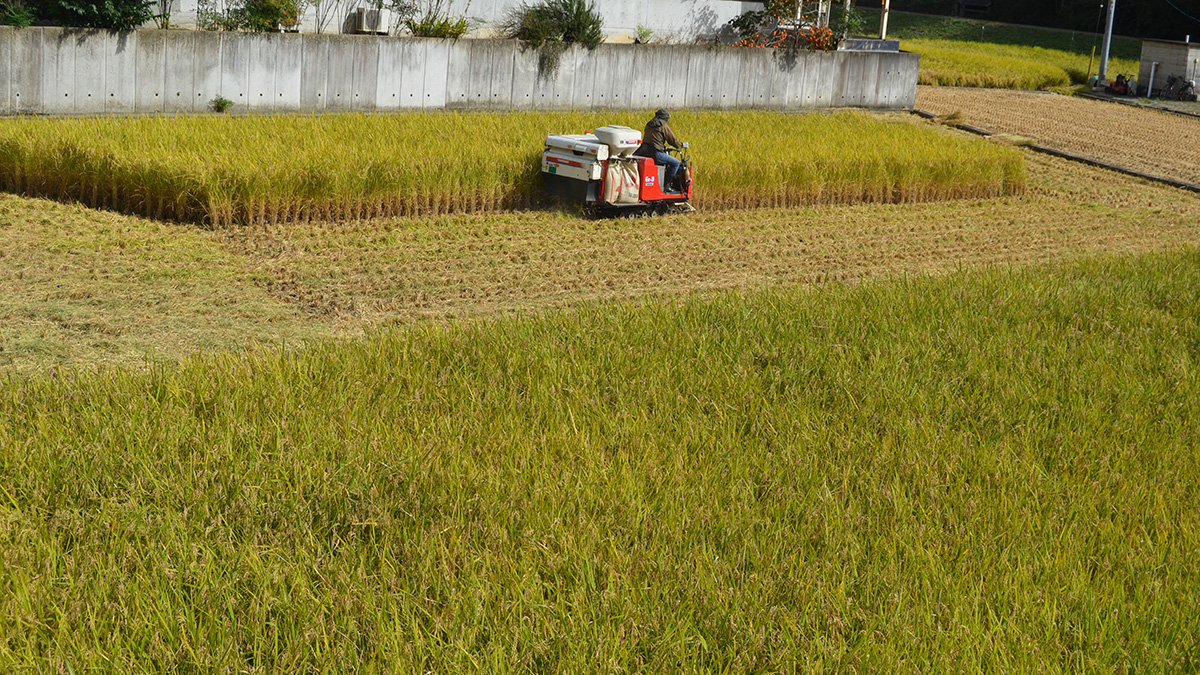
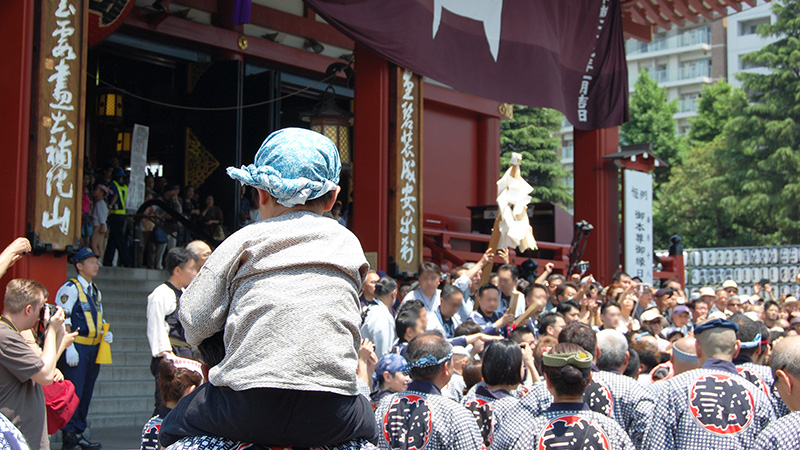
In conclusion, rice is far more than just a grain in Japan. It's a cultural touchstone, a symbol of values, and a source of endless culinary inspiration. Its journey from humble seed to cherished meal embodies the spirit of Japan itself - a blend of tradition, meticulousness, and a deep respect for nature's gifts.
